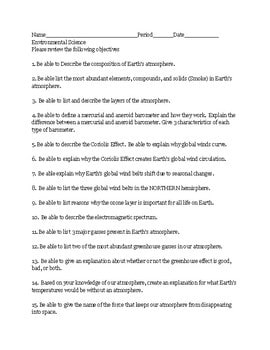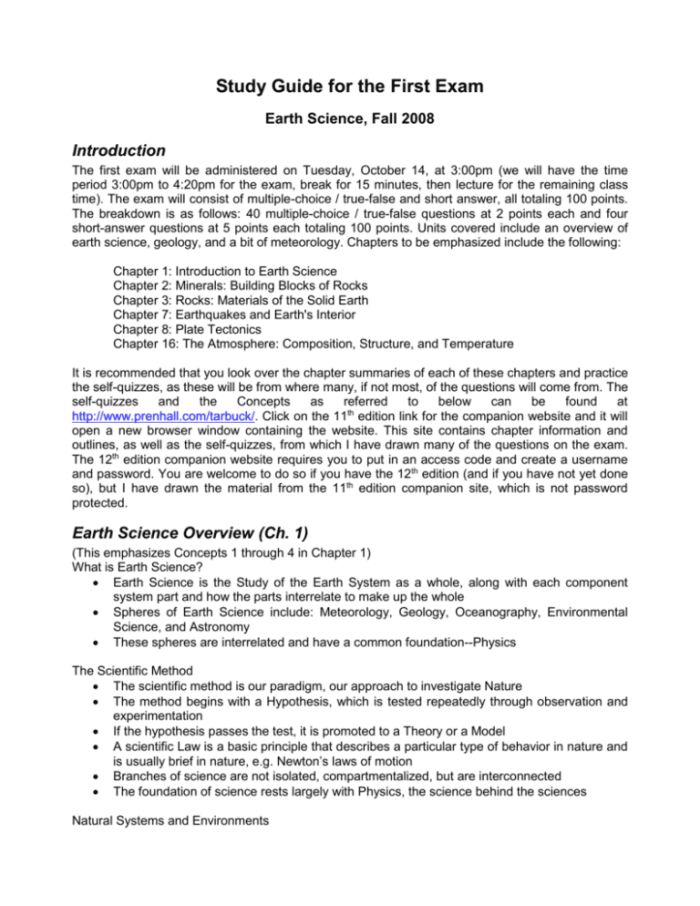Earth Sciences Study Guide: Atmospheres
From Figure 4.2, describe the geographic locations where coastal upwelling is important (e.g., “west central and southwestern South America”). Upwelling causes some of the coldest surface temperatures on Earth. The low surface temperatures stabilize the overlying atmosphere, causing cool dry climates (deserts) to dominate the western edge of South America. Upwelling is important where coastlines…



